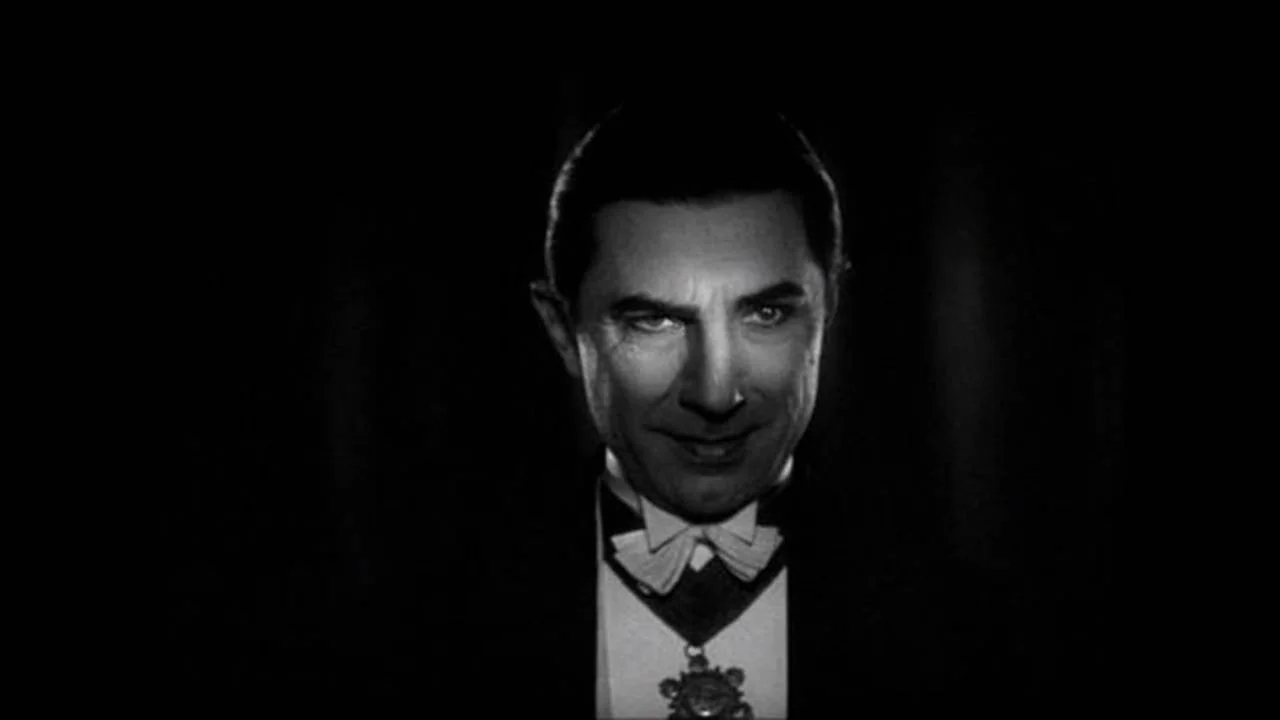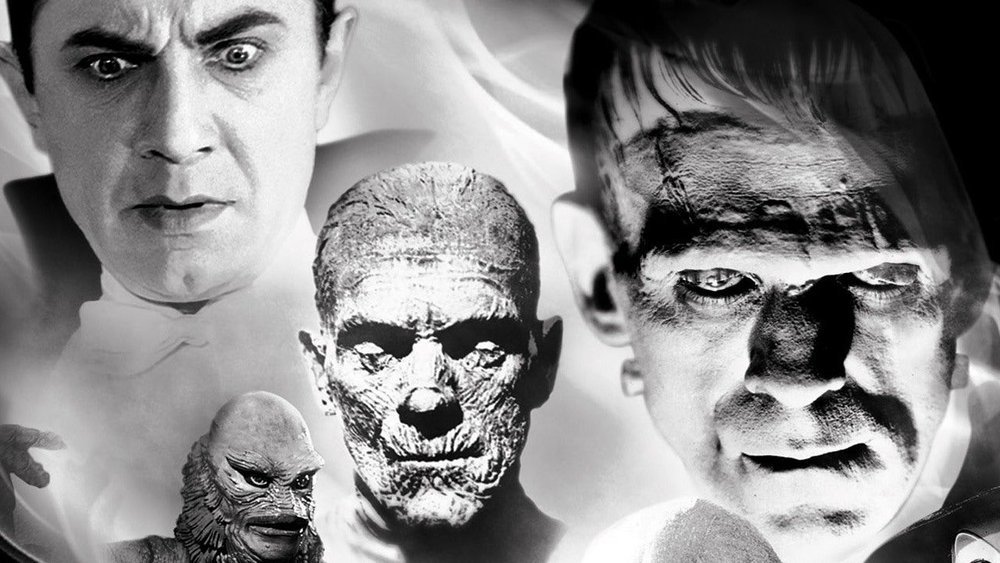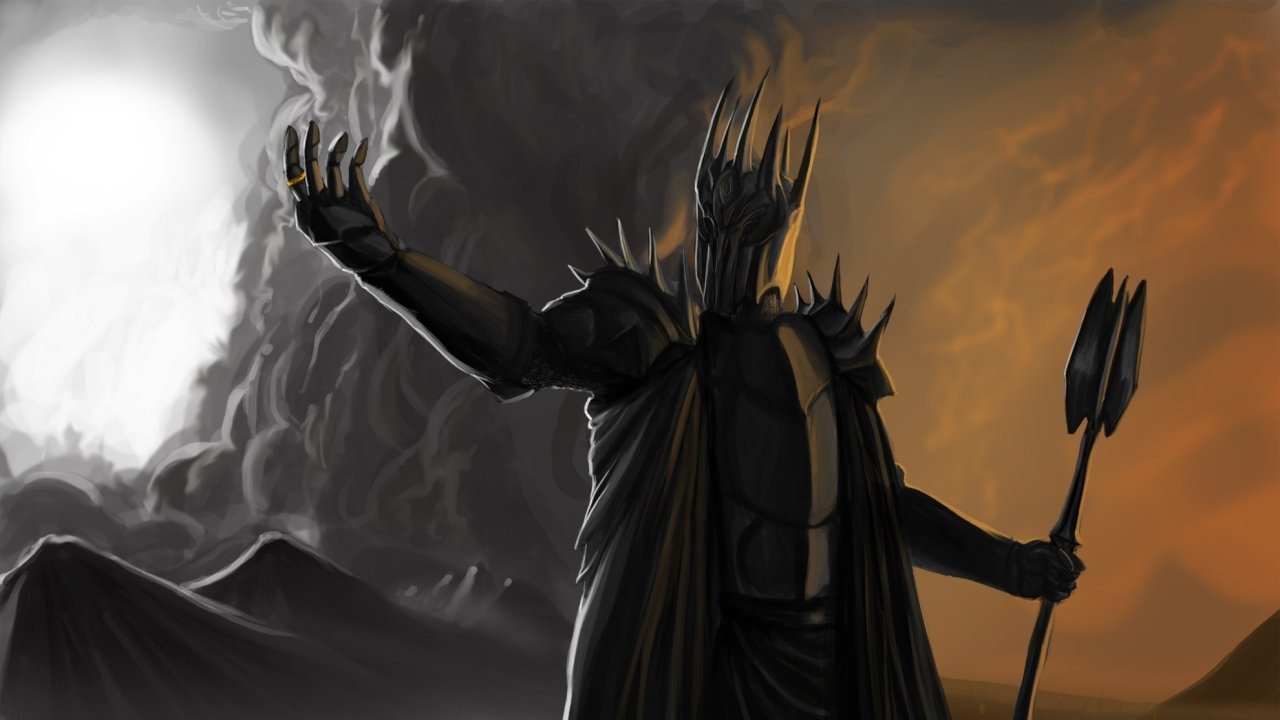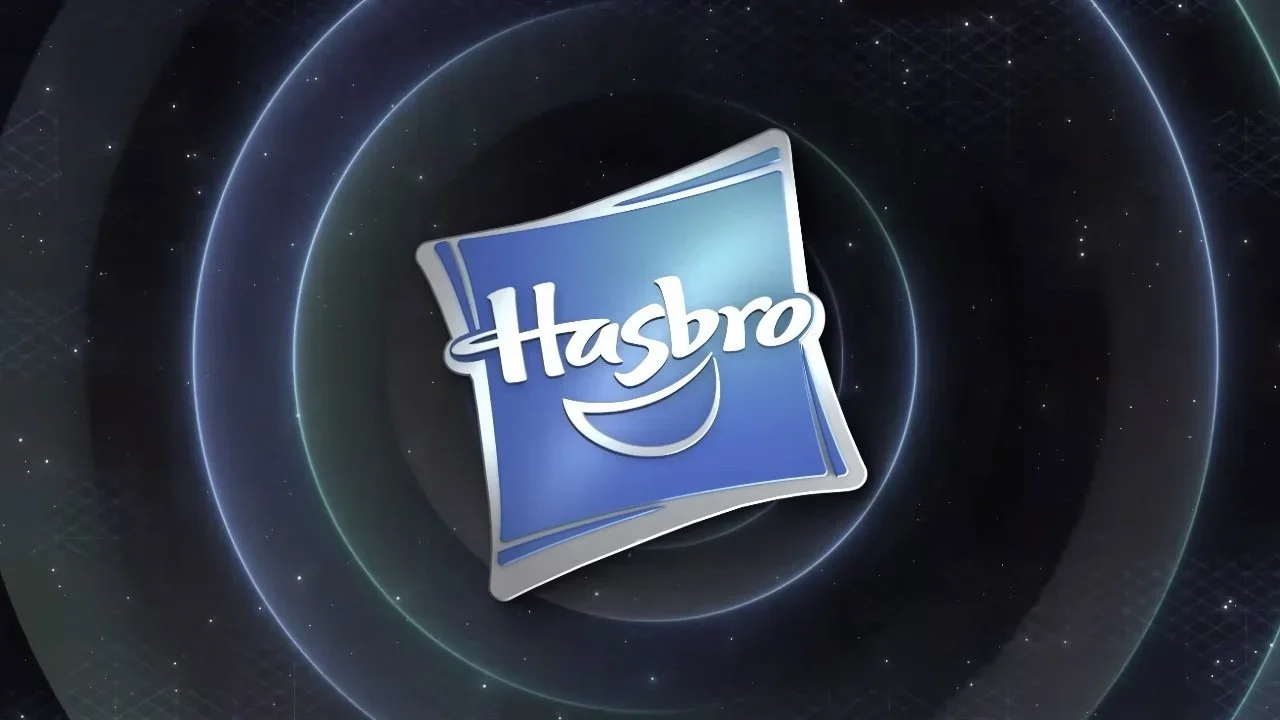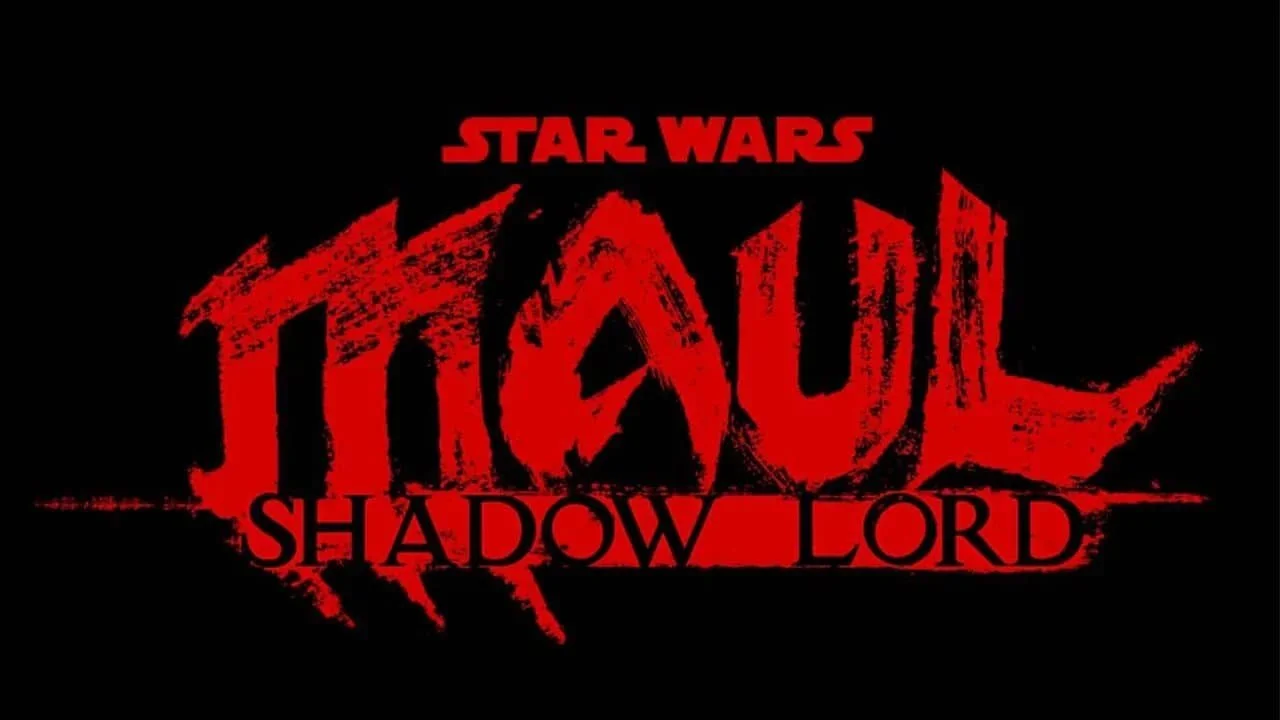Do The Classic Movie Monsters Still Hold Up?
Image Source: CBS News
One of the best things a monster can be is unmistakable. The howling of a Werewolf, the outstretched limbs of the lumbering Frankenstein Monster, and the relentless, forward march of the driven Mummy are all iconic emblems of the horror genre. However, it is fair to say that the original Universal monster line-up are far beyond recognizable at this point. Their collective identity is intertwined with our basic definition of monster.
The classic movie monsters are so well known that they have ingrained themselves into Halloween decorations, are featured in commercials, and are seemingly always called back to. They are featured on your cereal and are often some of the earliest costumes worn by those who celebrate Halloween. However, does this commonplace standing the classic monsters now occupy, make them banal? Do the classic monsters still hold up? Let’s examine!
RELATED:
Monsters, when used in film and television, often are stand-ins for something. Whether they are intended to stand for a person or people othered by society or exemplify a theme, monsters rarely are just there as a ghastly villain. Ghosts are often stand-ins for unresolved trauma. The ideas have been, but not limited to, loss, grief, and love. Zombies have provided a tool for humanity to consider its mortality. The mummy often is an illustration of the battle humans have with time. I think this function the original movie monsters serve will always have value and provide opportunities to writers to speak about society in a nuanced way.
The classic movie monsters serve filmmakers best as a template today. They are a starting point. Their lore is known, their aesthetic is known, which takes out a significant amount of leg work for a director. This provides the opportunity to leverage that known background and build on it. I think one of the best examples of this is featured in Alfonso Cuarón’s film, Harry Potter and the Prisoner of Azkaban (2004).
Image Source: Wizarding World
In the film we see Professor Lupin transform into a wolf-like being. The scene shows the bright full moon in the background as well as the signature howl mixed over the swirling score. This is a loving call-back to George Waggner’s The Wolf Man (1941). However, it uses the understood, established lore and builds on it and envelopes it into the greater lore of the Harry Potter universe. I think there is a lot of potential for the original movie monsters to continue to be used like this in new and creative ways.
They are also a reference most audience members will understand which lends itself to tributes and parodies. Two of the best examples of character tributes are the delightful Elsa Frankenstein in Charles August Nichols’ incredible animated feature, Scooby-Doo and the Ghoul School (1988) and the iconic Count von Count on Sesame Street (1969-present). Two of the most prominent parodies would be Adam Sandler’s portrayal of Dracula in Hotel Transylvania (2012) and Mel Brooks’ comedy classic, Young Frankenstein (1974).
Image Source: IGN
So, the answer to the question is yes. Are they still scary, perhaps not as much. However, their functions are always going to be useful. The original movie monsters hold up because the world will always be open to nuanced stories that require them to act as a symbol. They will always lend themselves to excellent call-backs and loving parodies. Also, to creative writers and directors, these incredible monsters could scare again when they are used as a template and taken in horrifying new directions!
Thank you for coming on this journey as we examined the classic movie monsters. Whether you are a devout monster fan or new to the genre we hope you had fun and see you next time!
READ NEXT:
Source(s): Universal Monsters Database

